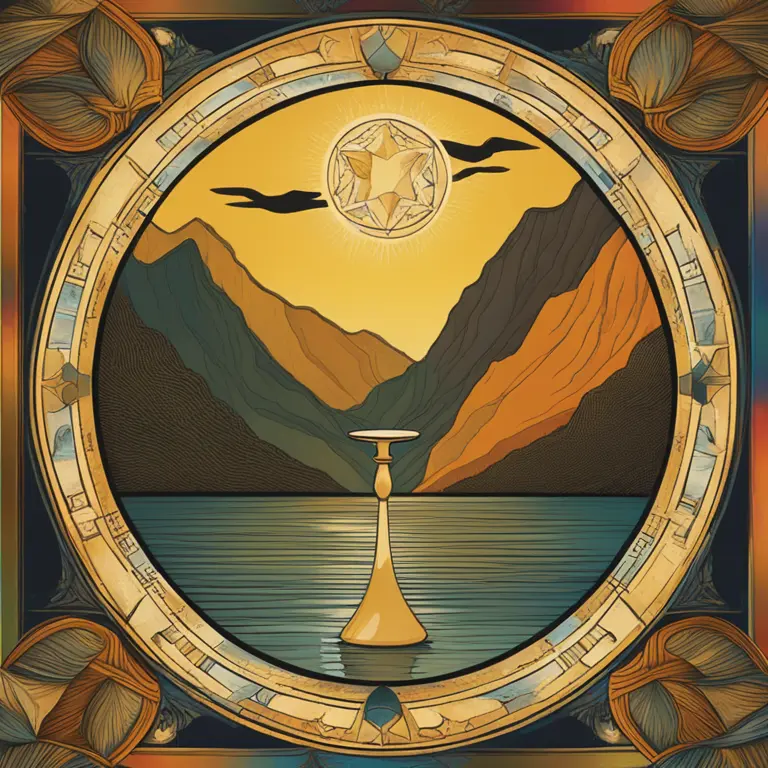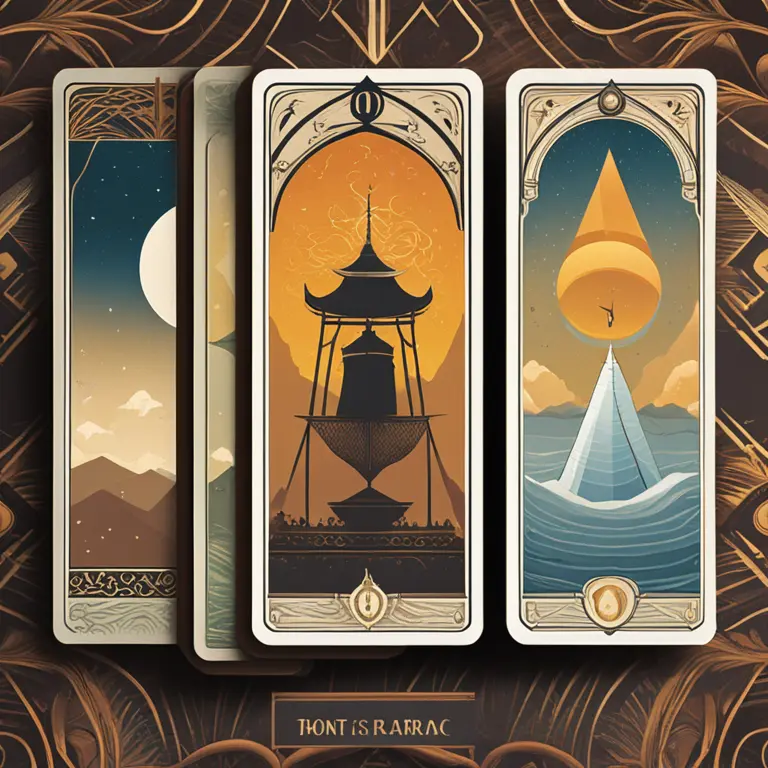
The Origin and Evolution of Tarot
Tarot cards have been used for centuries, with their origins dating back to the 15th century. Initially crafted for playing games, they evolved into a tool for divination. The modern tarot deck consists of 78 cards, each richly illustrated, divided into the Major Arcana and Minor Arcana. In the 21st century, tarot readings have become increasingly accessible through online platforms, allowing individuals to seek guidance from anywhere in the world. As we embrace the digital age, the essence of tarot remains unchanged, serving as a mirror to the soul and a path to self-awareness.

Understanding Tarot Decks and Spreads
Tarot decks are beautifully complex, with each deck artistically unique. The cards within are categorized into two sections: the Major Arcana, which represents life's significant lessons and karmic influences, and the Minor Arcana, which reflects daily occurrences and personal experiences. Spreads—patterns in which cards are laid out—vary in complexity, from the simple three-card draw to the intricate Celtic Cross. Different spreads provide different levels of insight, framing questions and focusing energy on specific facets of the querent's life as they seek understanding.

The Querent's Journey During a Reading
A tarot reading commences with a question or area of focus. In a digital age marked by constant information overflow, tarot offers a device-free space for reflection and contemplation. As the querent shuffles the deck, their energy is said to guide the selection of cards. The reader then interprets the cards, their positions, and their relations to one another, weaving a narrative that resonates with the querent's circumstances. This process allows individuals a form of introspection, offering a means to pause and reassess their journey.

The Role of Intuition and Interpretation
While the imagery and symbolism of tarot offer a framework, the art of reading lies in intuition and interpretation. Seasoned readers draw upon not only traditional meanings but also their intuitive connection to the imagery presented. In the modern setting, tarot readers often integrate aspects such as psychology and current societal norms into their readings, allowing for dynamic and relevant insights. This blend of ancient knowledge and contemporary understanding imbues tarot readings with an enduring relevance.

Tarot Readings in the Digital Era
Advancements in technology have reinvigorated the practice of tarot readings, with virtual readings transcending geographical barriers. Gone are the days when one needed to visit a reader in person; video calls or online services allow seekers to receive readings from the comfort of their own homes. Digital tools, such as apps, have democratized tarot, providing access to card meanings and interpretations. This ensures that tarot continues to evolve and adapt, remaining a viable path to personal growth well into the future.
The Skepticism and Belief Surrounding Tarot
Tarot readings often provoke varied reactions, from skepticism to wholehearted acceptance. Some view tarot as a form of entertainment, while others regard it as a profound tool for personal enlightenment. Despite differing opinions, the interest in tarot readings remains undiminished in this age of empirical mindset. The amalgamation of visual art, symbolism, and narrative storytelling within tarot appeals to the collective desire for introspection and guidance, fueling its timeless appeal.
Published: 2/8/2024
Modified: 2/8/2024
More predictions
Come back here soon to learn more about yourself and your future


Zodiac Heart Compass: Find Your Emotional Direction
Delve into the secrets of the zodiac to discover how astrological signs guide the emotions and relationships of their bearers.


No Zodiac Sign? Here's What It Means for You
Discover the unique standing and implications for individuals without a zodiac sign in the mystical realms of astrology and how it shapes their identity.


The Cancer Zodiac Profile: Insights & Characteristics
Discover the deep emotional world of Cancer, the fourth sign in the zodiac, revealing their traits, compatibility, and future prospects for 2024 and beyond.